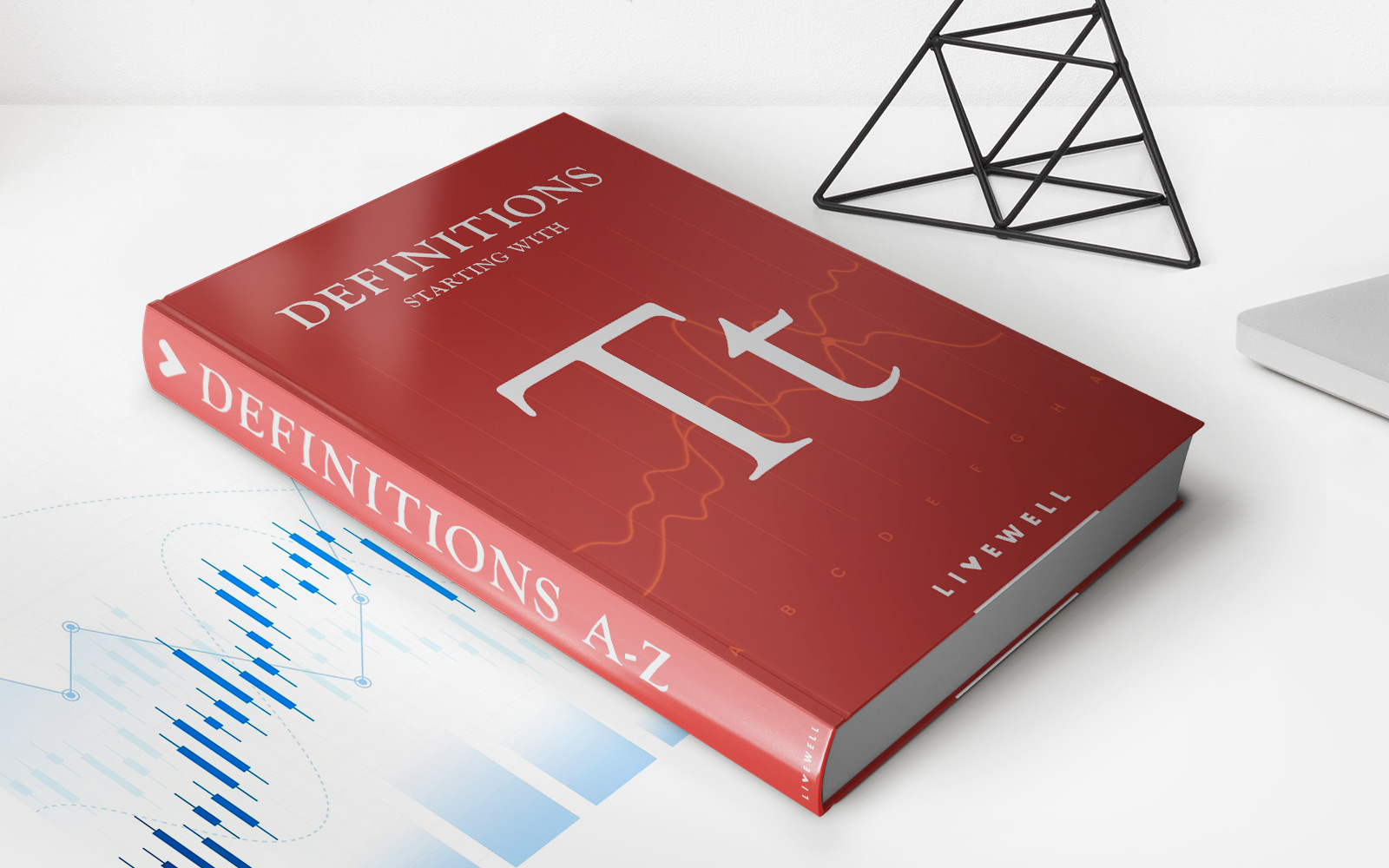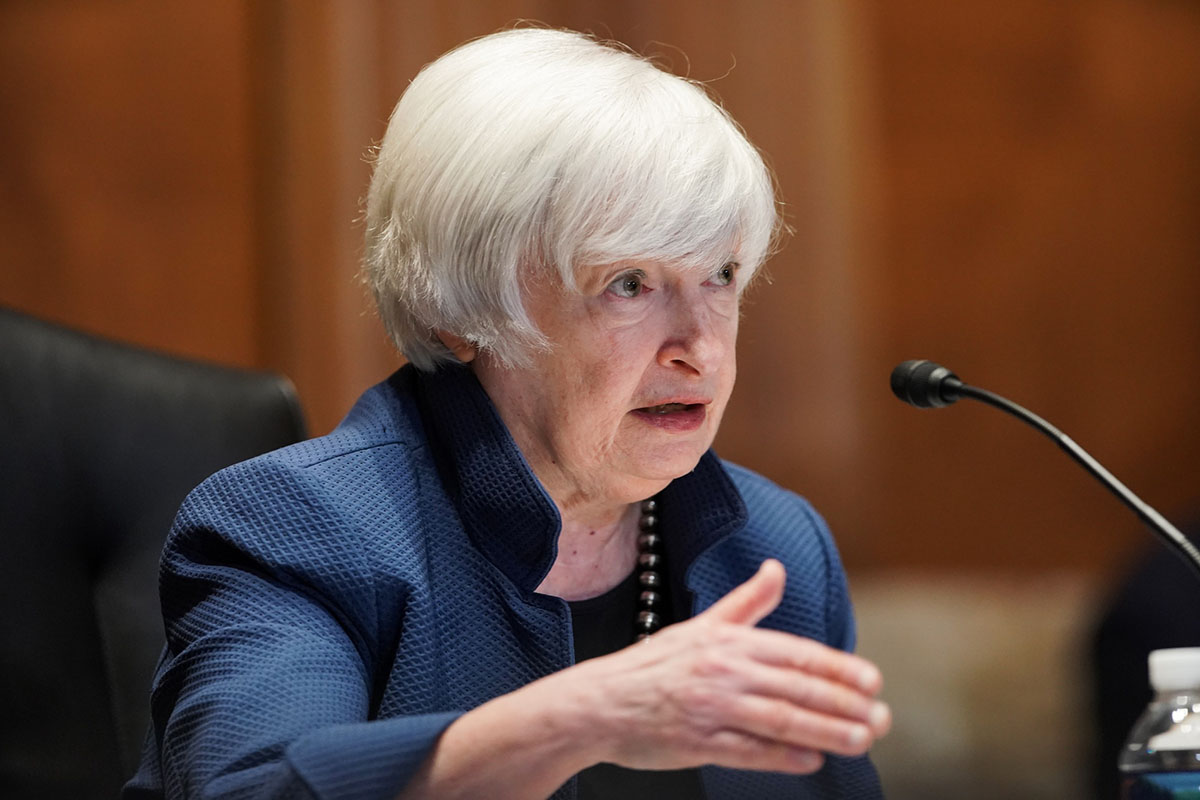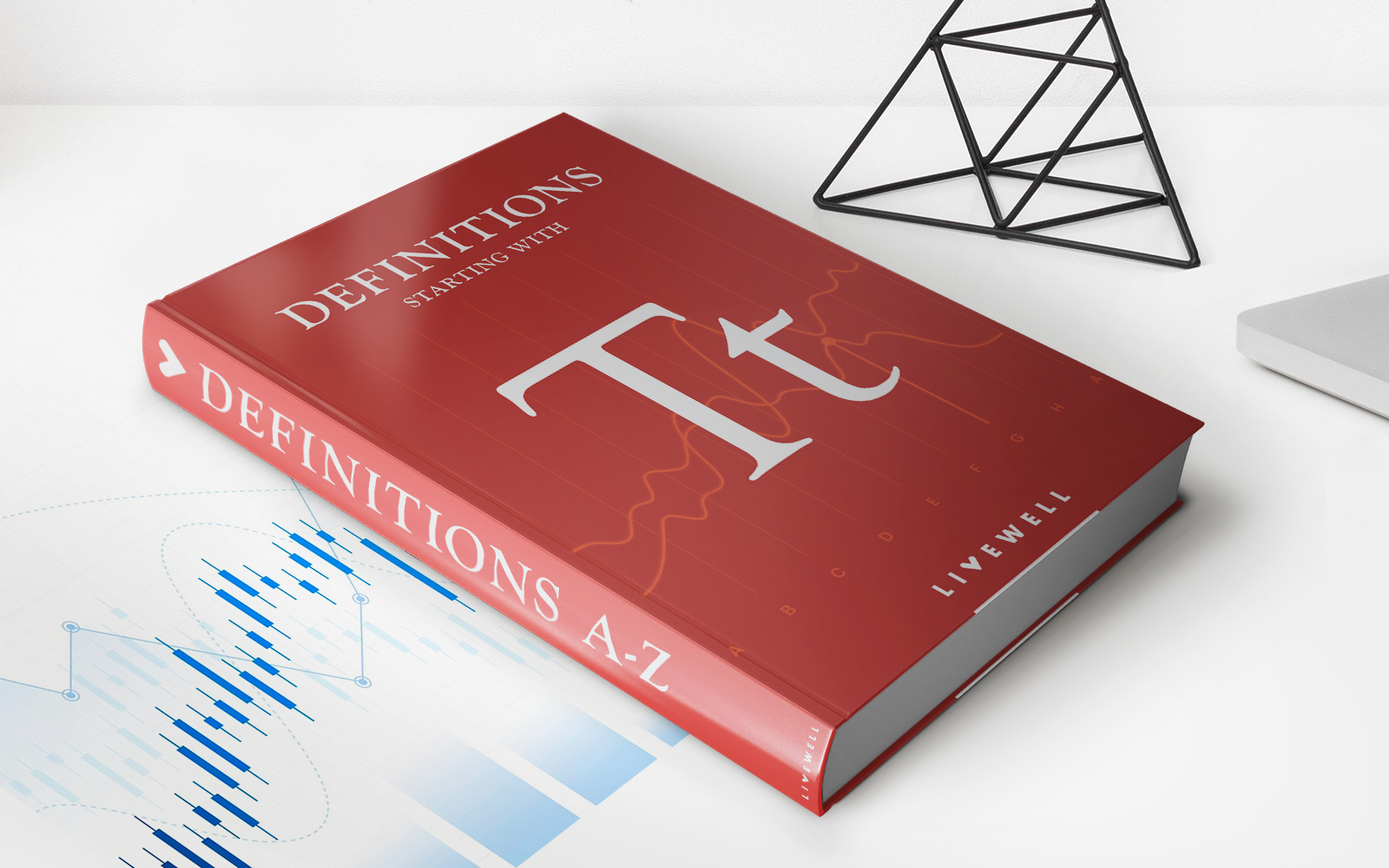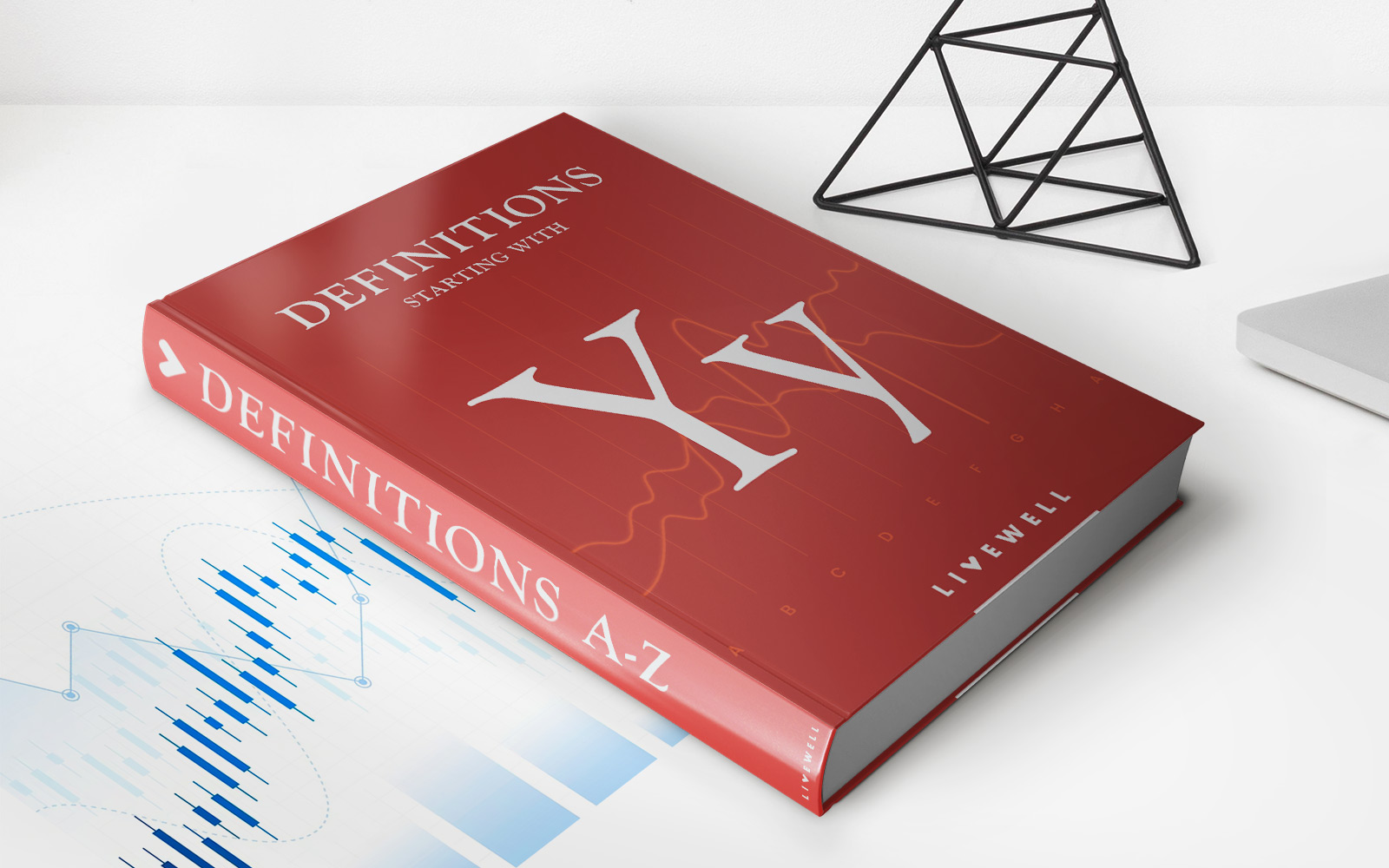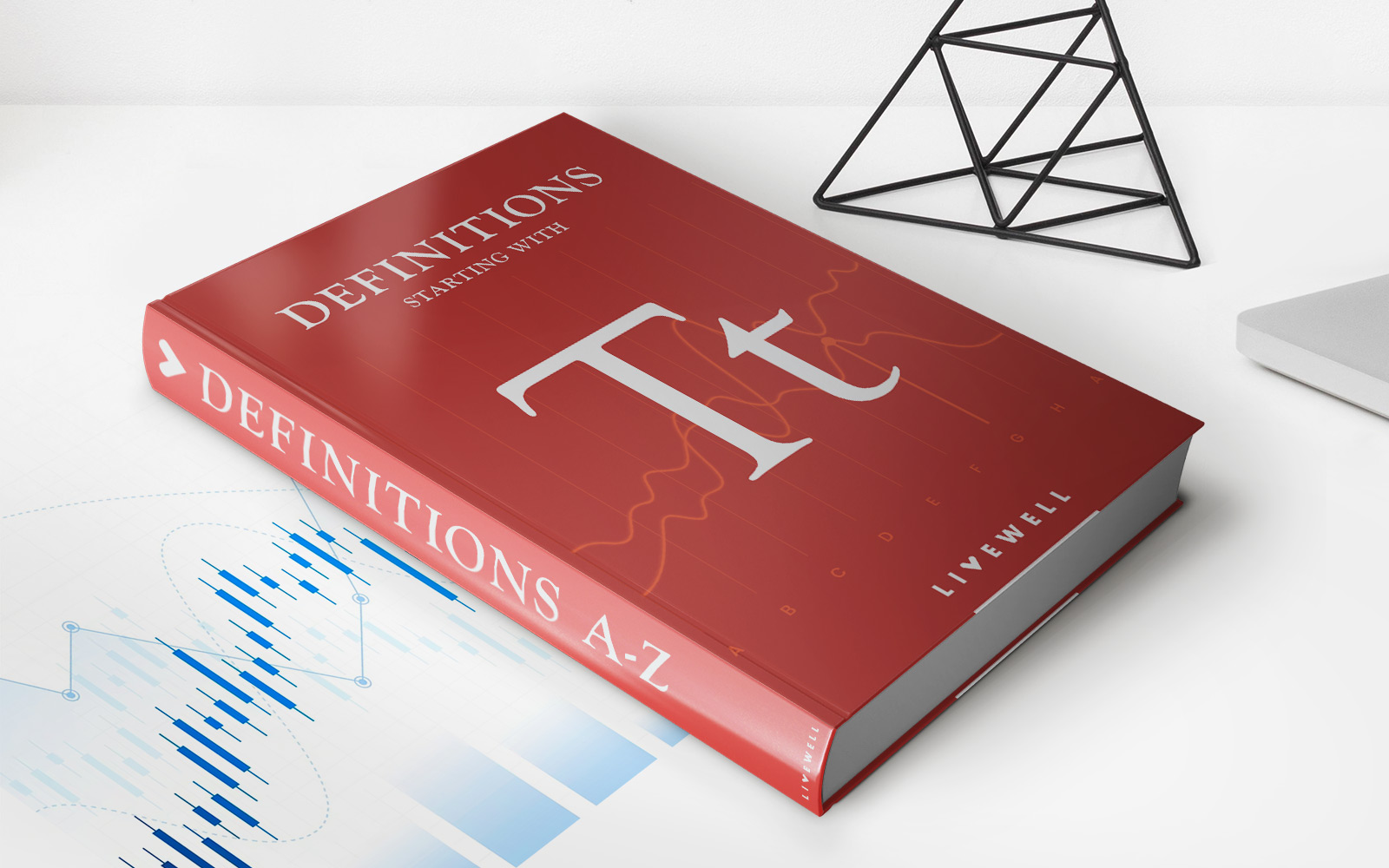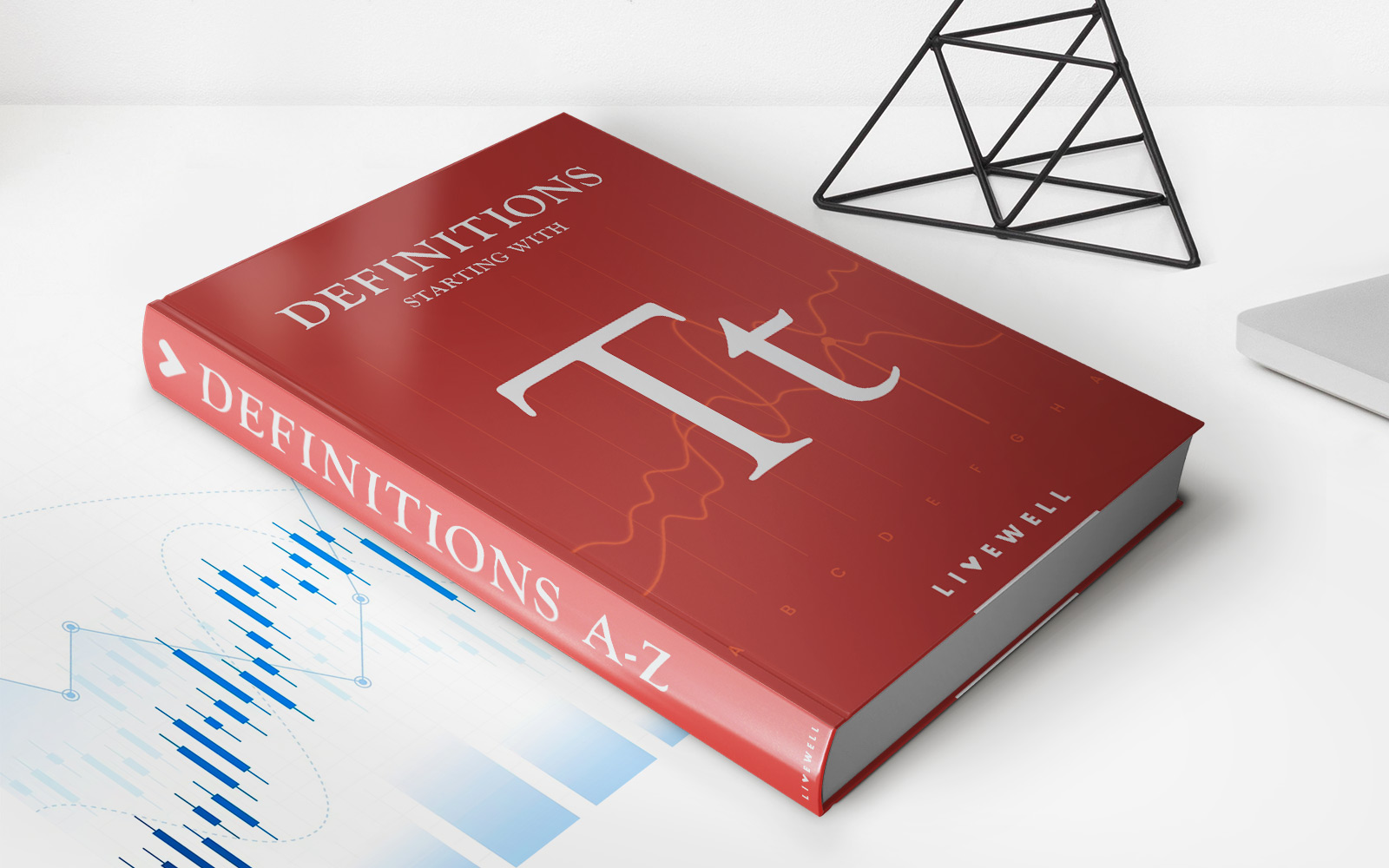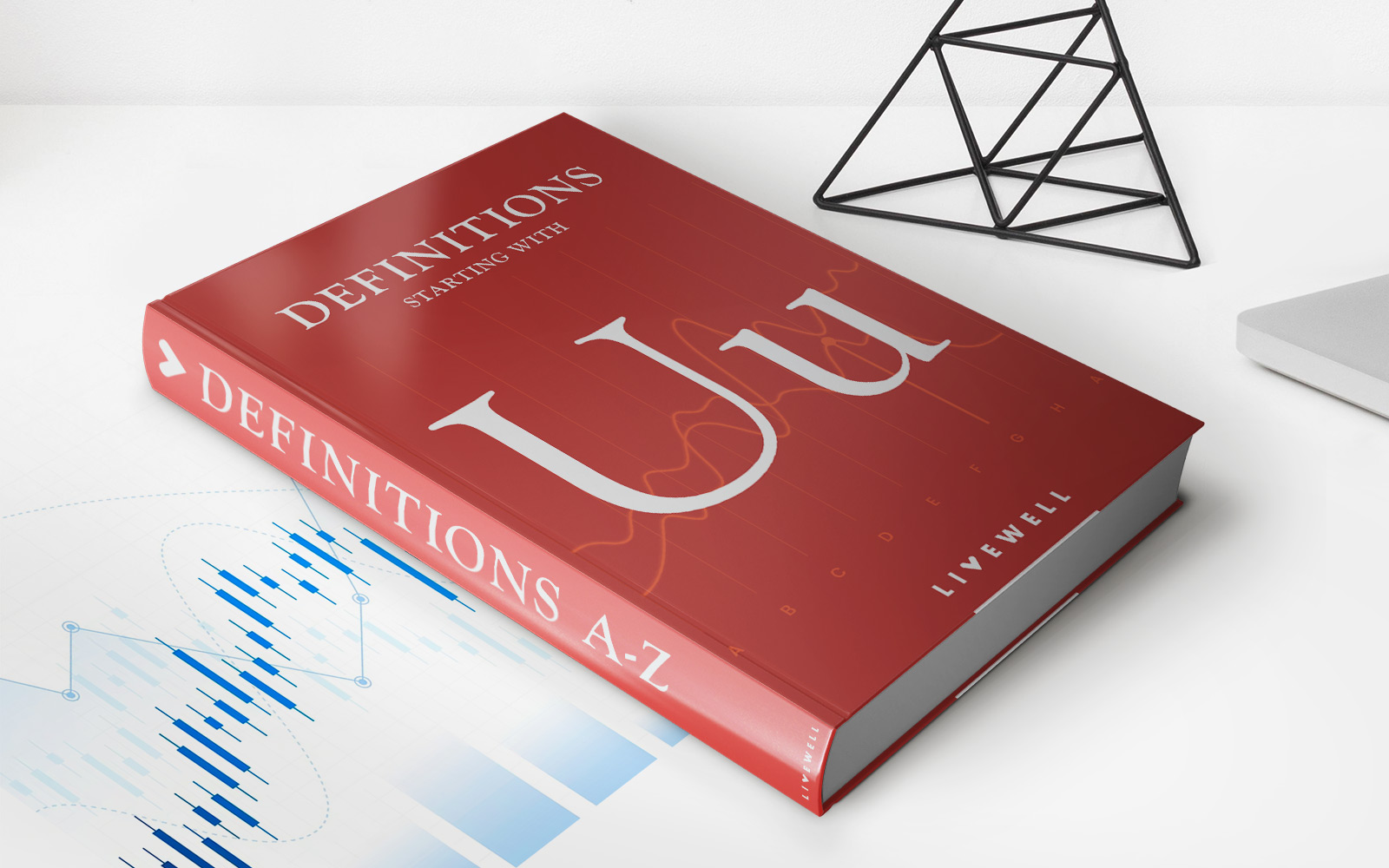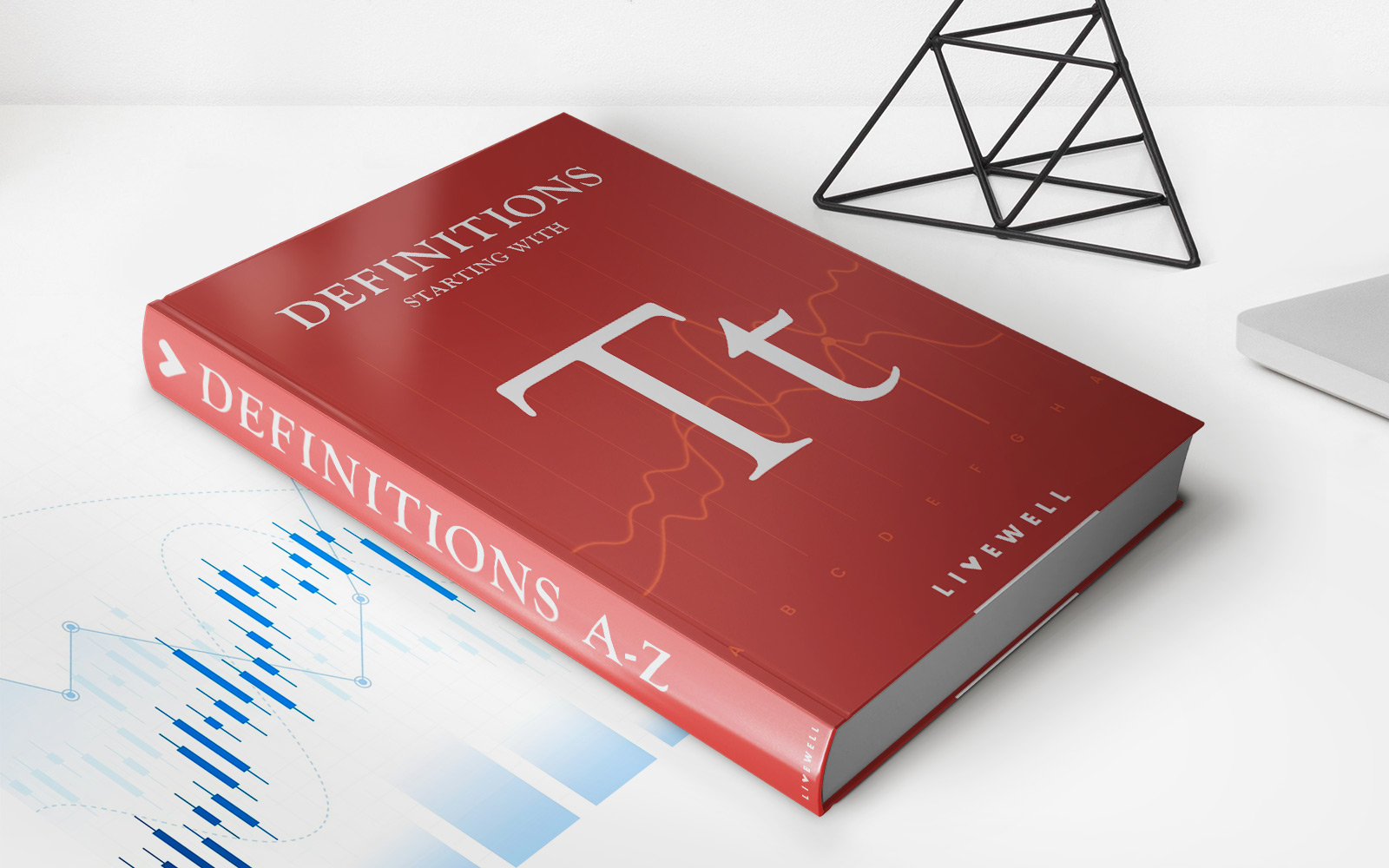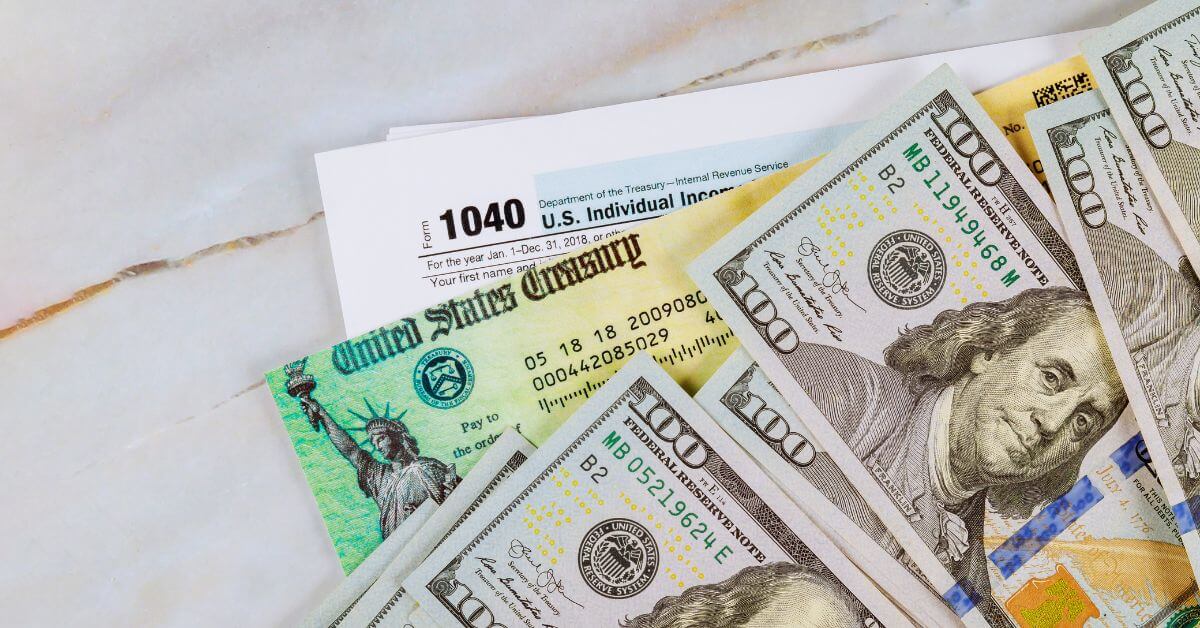

Finance
Thirty-Year Treasury Definition
Published: February 8, 2024
Discover the definition of Thirty-Year Treasury in finance and understand its significance in the market.
(Many of the links in this article redirect to a specific reviewed product. Your purchase of these products through affiliate links helps to generate commission for LiveWell, at no extra cost. Learn more)
What is a Thirty-Year Treasury?
When it comes to investing and financial markets, there are numerous instruments to choose from. One of them is the Thirty-Year Treasury, a popular investment option for individuals and institutions alike. In this blog post, we’ll dive into the definition, characteristics, and benefits of Thirty-Year Treasuries, providing you with everything you need to know to make an informed investment decision.
Key Takeaways:
- A Thirty-Year Treasury is a long-term government bond issued by the United States Department of the Treasury.
- These Treasury securities have a maturity period of 30 years and pay a fixed interest rate over the life of the bond.
First, let’s clarify what a Treasury security is. A Treasury security is a debt instrument issued by the U.S. government to finance its operations and pay off existing debt. These securities are considered one of the safest investments available, as they have the backing of the U.S. government.
A Thirty-Year Treasury is a specific type of Treasury security with a maturity period of 30 years. Essentially, when you invest in a Thirty-Year Treasury, you are lending money to the U.S. government for a period of three decades. In return, the government pays you regular interest payments, typically semi-annually, and returns the original principal amount at the end of the 30-year period.
Now, let’s explore some of the benefits of investing in Thirty-Year Treasuries:
- Stability and Safety: As mentioned earlier, Treasury securities are considered one of the safest investments due to the backing of the U.S. government. This makes Thirty-Year Treasuries an attractive option for risk-averse investors seeking stability in their portfolio.
- Long-Term Growth: The lengthy maturity period of Thirty-Year Treasuries makes them a suitable choice for long-term investors looking for a reliable source of income. Additionally, since these securities have a fixed interest rate, they provide a predictable stream of income over their lifetime.
It’s important to note that Thirty-Year Treasuries are not without drawbacks. One major consideration is the potential for inflation to erode the purchasing power of the fixed interest payments over the 30-year period. Moreover, since these securities have a long maturity, they may not be ideal for investors seeking liquidity or the ability to access their funds in the near term.
In summary, a Thirty-Year Treasury is a long-term government bond that offers stability, safety, and a predictable income stream. While it may not be suitable for all investors, it can be a valuable addition to a diversified portfolio, providing long-term growth potential. As with any investment, it’s essential to carefully consider your financial goals and risk tolerance before investing in Thirty-Year Treasuries.
